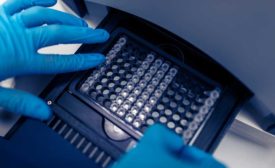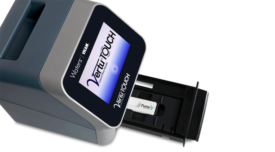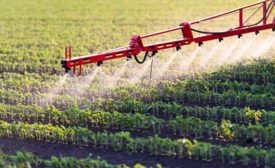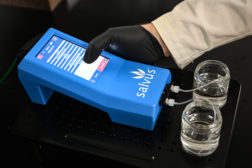Testing & Analysis
Rapid Testing Methods—Processor Preferences
Which rapid microbiological test methods are preferred by food processors, and what attributes of rapid tests are most important to them?
February 13, 2024
Never miss the latest news and trends driving the food safety industry
eNewsletter | Website | eMagazine
JOIN TODAY!Copyright ©2024. All Rights Reserved BNP Media.
Design, CMS, Hosting & Web Development :: ePublishing









